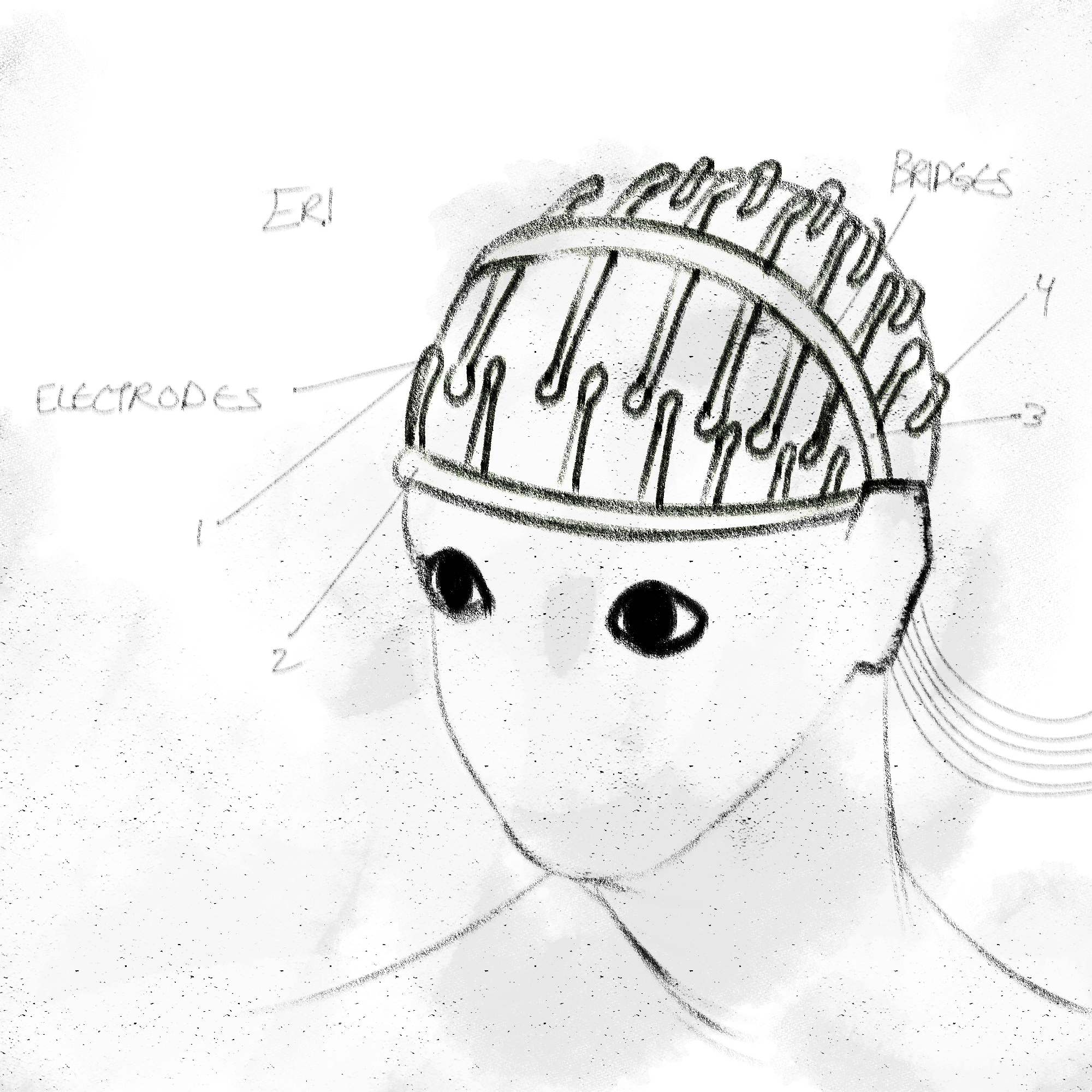
www.MEMORIAARCHIVE.com
MEMORIA is a biomedical machinery and a form of medical imaging technique (forms pictures of the anatomy it imposes on) that records memories of the deceased from the last 24 hours. MEMORIA is similar to Magnetic Resonance Imaging by using strong magnetic fields and radio waves to generate images. It contains two substructures large enough to hold the deceased and the living personnel. By using cables, it produces shocks for the deceased.
 MEMORIA was developed to record violent crimes the deceased had encountered before their timely death as a way to bring closure to unsolvable cases. While early in development, plans have been made for the machine to record longer and can be used on living individuals safely. There is also notable deterioration in the deceased brain after the usage of the machine.
MEMORIA was developed to record violent crimes the deceased had encountered before their timely death as a way to bring closure to unsolvable cases. While early in development, plans have been made for the machine to record longer and can be used on living individuals safely. There is also notable deterioration in the deceased brain after the usage of the machine.
MEMORIA uses strong magnetic fields and radio waves to generate images and videos generated by the persona. The brain must produce neural activity in order for information to be extracted, and due to the decomposition, heavy corruption is present in videos and photos. This led to the creation of the ERI and the second function of MEMORIA.
 MEMORIA has two substructures that are dedicated to the living and deceased. Both bodies will be placed in their respective bedding or cases. Cables will be surgically placed on the deceased's brain, specifically the hippocampus, amygdala, and the neocortex. The cables produce shocks to produce enough neural activity for the MEMORIA machine to retrieve information. The living personnel is then used to replace heavy corruption brought by decomposition by using the ERI.
MEMORIA has two substructures that are dedicated to the living and deceased. Both bodies will be placed in their respective bedding or cases. Cables will be surgically placed on the deceased's brain, specifically the hippocampus, amygdala, and the neocortex. The cables produce shocks to produce enough neural activity for the MEMORIA machine to retrieve information. The living personnel is then used to replace heavy corruption brought by decomposition by using the ERI.
 The ERI (Electronic Retreived Information) detects brain activity, redistributes synaptic proteins to the deceased, and recreates the transmission of memories. Its design and functions are similar to the EEG by detecting biosignals and activity. The ERI is placed on the living personnel to transport synaptic proteins to the deceased to extract information.
The ERI (Electronic Retreived Information) detects brain activity, redistributes synaptic proteins to the deceased, and recreates the transmission of memories. Its design and functions are similar to the EEG by detecting biosignals and activity. The ERI is placed on the living personnel to transport synaptic proteins to the deceased to extract information.
There is no sign of trauma while using ERI, however, the living personnel must take long breaks after being in the machine to prevent any psychological stress that could lead to medical emergencies. Inside the MEMORIA, the living personnel should not feel any pain or discomfort.
The idea was introduced by Iris Pandora, a biomedical engineering student at Leaven university. Pandora, as many people in the local community, understood the tragedy of losing a loved one due to violent crimes. Her ambitious project started as a concept in high school. While studying at Leaven university, in her first year she met Amelia Aster, a student studying biomedical communication. Aster was heavily interested in the project and introduced Pandora to classmates that would support the project, including Jackson Adder, a student studying biomedical engineering. They all felt inspired to help the community.
Pandora directed the project alongside her classmates and created the company IAA. It took over a decade for AOCI (Association of Crime Investigation) to take notice and fund the project. It was thanks to Aster, she would work there for years before transferring to IAA. Marlowe Cassia, AOCI director, thought it would be beneficial to the community and became heavily interested in the idea. AOCI funding would include employees and assistants that would help with building and development.
Now MEMORIA is getting ready for its first trial. This website will feature its future trials and further development.
For any questions, please contact the directors.
www.MEMORIAARCHIVE.com